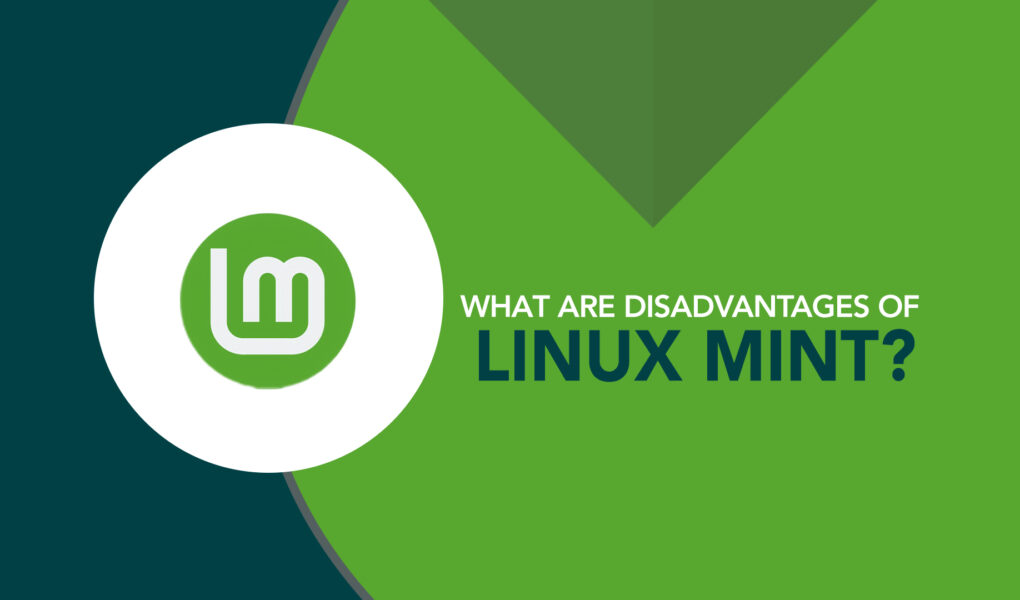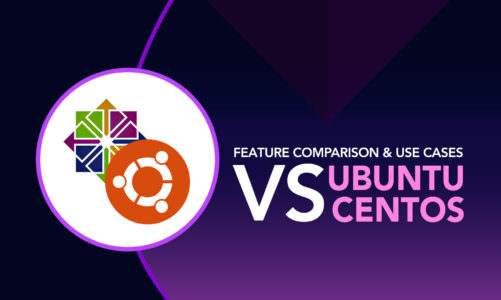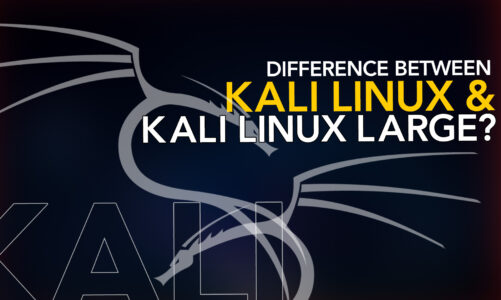Linux Mint, an open-source operating system that is based on Ubuntu, is well-liked due to its easy-to-use interface, dependability, and ability to work with various hardware. Despite the numerous benefits it provides over other operating systems, there are also some drawbacks that users should consider before opting to use it. Now sure about this? Let us get you informed about it.
What are the disadvantages of Linux Mint?
The design of Linux Mint aims to provide a user-friendly experience that caters to both novices and advanced users. However, despite its many advantages, Linux Mint is not perfect, and there are some drawbacks that you should be aware of before you decide to use it.
1: Limited software support
Even though Linux has many open-source applications, not all software can run on Linux Mint. This can be a problem if you rely on specific applications or software that are only available on other operating systems. For example, if you need to use Microsoft Office, you may find that the Linux version of the software is not as feature-rich as the Windows version. It is important to carefully consider the software you need and its availability on Linux Mint before deciding to use this operating system.
2: Hardware Compatibility Issues
Another potential disadvantage of Linux Mint is its limited hardware support compared to other operating systems. While Linux Mint has come a long way in terms of hardware compatibility, it may not be compatible with all hardware configurations. For users who have newer or less common hardware components, this can be especially troublesome.
In some cases, users may need to manually install drivers or modify system settings to get their hardware to work properly on Linux Mint. This could demand technical knowledge and consume a considerable amount of time.
3: Security Concerns
Security concerns are another potential disadvantage of Linux Mint. Although Linux Mint is often regarded as a more secure operating system than others such as Windows, it is still susceptible to security weaknesses.
Since Linux Mint is an open-source operating system, it is constantly being developed and updated by a community of developers. However, this also implies that security flaws can be found and abused by malicious individuals.
Additionally, since Linux Mint is less commonly used than other operating systems, it may not receive the same level of attention from security researchers and developers. This can make it more vulnerable to targeted attacks.
4: Limited Gaming Support
Linux Mint may not be the ideal option for you if you are a gamer. While there are some games available for Linux, the selection is much more limited than it is for Windows or macOS. This can be a dealbreaker for some users who rely on specific games or gaming platforms.
5: Lack of Technical Support
While Linux Mint has a large and active community of users who are willing to help each other out, it does not have the same level of technical support as other operating systems. If you run into a problem with Linux Mint, you may need to rely on forums or online resources to find a solution. This can be time-consuming and frustrating, especially if you are not familiar with Linux.
6: Lack of Support for Proprietary Software
Linux Mint is an open-source operating system, which means that it does not support proprietary software that is not open-source. If you depend on certain proprietary software for work or other activities, this can pose a challenge. Although there are some solutions to this problem, they can be intricate and take a considerable amount of time to set up.
7: Updates
Software updates can be a double-edged sword when it comes to Linux Mint. On one hand, frequent updates can ensure that your system is running smoothly and that security vulnerabilities are patched in a timely manner.
On the other hand, updates can sometimes cause problems with your system, particularly if they are not thoroughly tested before release. Linux Mint does not have the same level of resources as larger operating systems like Windows and macOS, so there is a greater risk of bugs or compatibility issues with updates.
Moreover, updates can sometimes break compatibility with certain software applications or hardware components.
Conclusion
While Linux Mint has many advantages, it also has several significant disadvantages that users should be aware of before making the switch. The limited software support, hardware compatibility issues, security risks, and lack of gaming and technical support are just a few of the downsides of using Linux Mint.
However, if you are willing to invest the time and effort to learn the system and work around these limitations, Linux Mint can be a great choice for a secure and customizable operating system.



